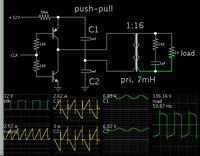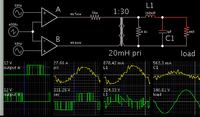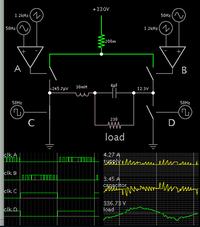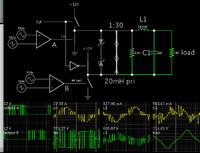maaxamed
Newbie level 6
Hello everyone I joined this blog last week I was really amazed at the work you put in the blog and attracted to be a member of this group.
Before I was going to ask a question I was reading of this website to find out how to build SPWM INVERTER.
like pure sine wave inverter up to page 8
Also I am a bit confused please can someone advise me were to begging.
many thanks.
Before I was going to ask a question I was reading of this website to find out how to build SPWM INVERTER.
like pure sine wave inverter up to page 8
Also I am a bit confused please can someone advise me were to begging.
many thanks.
Last edited by a moderator:



